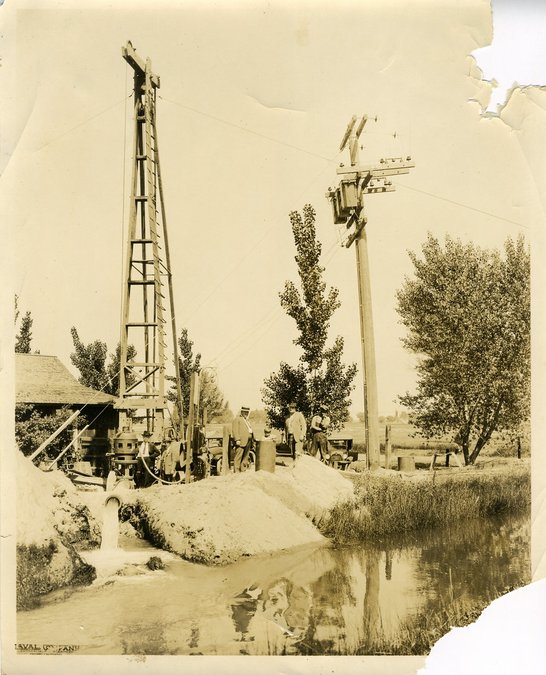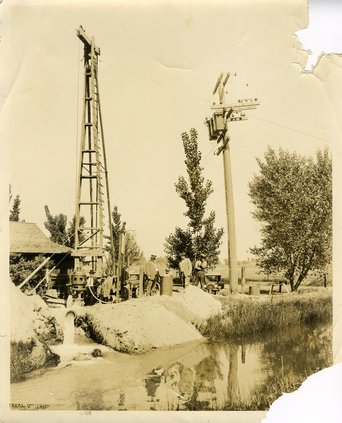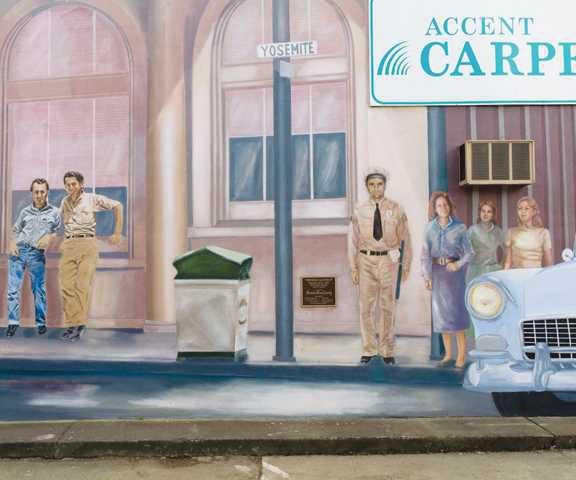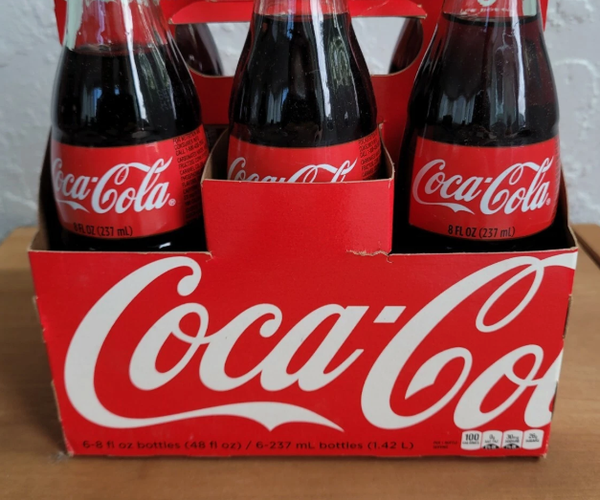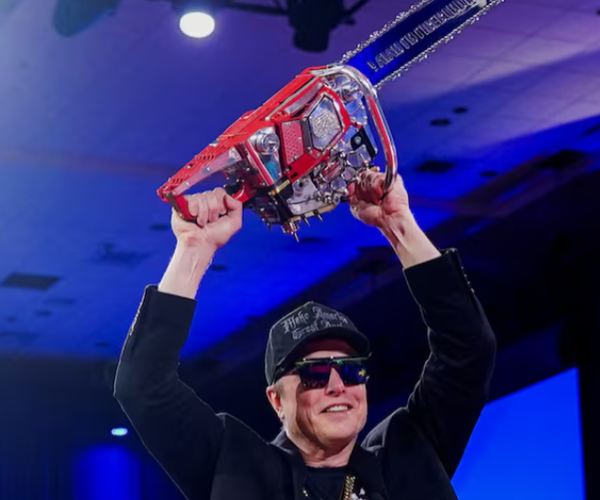Turn on your hot water faucet and there is a chance if you have a natural gas water heater that the energy to fuel it came from the ground below San Joaquin County.
There are four companies with 67 producing wells within the county. Most of the wells are west of the San Joaquin River.
In March, those 67 well generated 1.4 million cubic feet of natural gas.
There are 1,200 other permitted wells in San Joaquin County.
Last year, the county generated almost 13 million cubic feet of natural gas, down from a peak of 80 million cubic feet in 2011.
And there was a point, not too many decades ago, that San Joaquin County also had a few oil wells.
It shouldn’t be a surprise.
Some 55 percent of the Delta is within San Joaquin County.
The Great Central Valley stretching 450 miles from Redding to Bakersfield was once a massive inland sea that has accumulated, depending upon the location, between 1,000 and 3,000 feet of sentiment to create present-day land formations.
Still, you might be surprised to know the northern reach of the largest oil field in California and what was considered the largest in the nation just a few years ago based on untapped oil barrel projections, is less than 200 miles south of Manteca.
Highway 99 passes right over the heart of the Midway-Sunset Oil Field that, based on an analysis 10 years ago, had an estimated 27 billion barrels of oil in place.
It’s more than twice the oil barrels in place at Alaska’s Prudhoe Bay.
That said, all “access” to oil is not equal. It is a little more challenging to reach much of the Midway-Sunset reserves.
Why, do you ask, do you care?
Well, while everyone has been running around — figuratively and literally — about ICE raids, the Trump administration has been moving forward on other fronts that surprisingly are drawing little attention in environmentally conscious California.
The Bureau of Land Management this week opened a 30-day comment period for what the Sierra Club describes as a “massive expansion” of drilling in the San Joaquin Valley and Central Coast of California.
It covers more than 400,000 acres of public land.
The land being considered for natural gas and oil leases are in Fresno, Kern, Kings, Madera, San Luis Obispo, Tulare, Santa Barbara, and Ventura counties.
Now for the kicker.
Another 284,000 acres of additional public land in San Joaquin, Merced, Alameda, Contra Costa, Fresno, Monterey, San Benito, San Mateo, Santa Clara, and Santa Cruz is being considered for oil and natural gas leasing development.
The overall Monterey Formation, that includes the Midway Sunset Oil Field, is believed to have another estimated 21 billion barrels of oil and 27 billion cubic feet of oil.
The Monterey Formation on its northern boundary includes southwest San Joaquin County. That apparently includes areas that may or may not be in or near Manteca, Ripon, or Tracy.
The Bureau of Land Management’s actions comes three years after a federal moratorium was placed on new gas and oil drilling in Central California.
It dovetails into Trump’s “Unleashing American Energy” agenda.
The Sierra Club is less than thrilled.
“Allowing this massive drilling expansion would be a huge loss to Californians, decimating the landscapes we use to hike, fish, hunt, and explore,” noted Mercedes Aguilar, Senior Campaign Strategist for the Sierra Club’s Beyond Dirty Fuels Campaign.
She also points to concerns of the risks expanded drilling may pose to families at increased risk of asthma, cancer, and other health issues “linked to the toxic air pollution from oil and gas drilling sites.”
It needs to be noted that the California Energy Commission and federal sources show California is relying more and more on imported oil to refine gasoline than from in-state sources.
It has been steadily dropping since 2015 when California imported three barrels of oil for every barrel brought to the surface within the Golden State.
California is still he fifth largest oil producing state after Texas, North Dakota, New Mexico, and Alaska.
As late as the 1970s, it was the third largest.
That’s when environmental groups took aim at shutting down, or at least, stopping the expansion of oil pumping and drilling in California.
The high profile fight was over off-shore drilling “ruining the pristine coastal views and threatening the ocean ecology.”
But back then, and even now, the San Joaquin Valley was the 900-pound gorilla for oil production in California.
In the latest stats from the state, California retrieves an average of 25 percent of the oil it uses from in-state wells in any given year.
It imports 56 percent of its oil from sources outside the United States, 15 percent from Alaska, and a small fraction from other states.
The top four sources of the 56 percent California imports breaks down as:
*41 percent from Brazil.
*21.26 percent from Iraq.
*15.80 percent from Guyana.
*13.6 percent from Ecuador.
We, as a state, clearly have no problem decimating the landscapes in other countries as well as create potential health issues where they drill and import oil to California so we can fill up at the pump.
One would think “progressive” California legislators who joined Ecuadorian nationals earlier this month outside Chevron’s Richmond oil refinery protesting the impact oil extraction was having on their native lands, would be worried about spreading environmental social justice as much as possible.
That would include eliminating the greenhouse gases involved in shipping oil from thousands of miles away instead of using what’s in our own backyard.
And before any one plays the zero-emission vehicle card, keep in mind oil is used in more than 6,000 common every day products that we as Californians consume like there is no tomorrow.
Those products include shoes, phones, eye glasses, disposal diapers, paint, cosmetics, detergents, all sorts of plastics, pharmaceuticals, asphalt, and the list goes on and on.
None of this is to say nay or yea to more oil and natural gas drilling in the San Joaquin Valley or the rest of California.
It’s to point out that a middle ground needs to be reached that is somewhere between Donald Trump and Greta Thunberg.
And it needs to balance all concerns against the other.
That said, we’re not even having that debate today.
The public square has literally been ICE-d over with non-stop coverage of deportations and what is clearly a severely broken immigration system that has been deteriorating for the last 30 years as both parties have failed to fix when they have had the opportunity to do so.
Not saying immigration isn’t a major issue, but what is about to happen in our own backyard may have even more dire consequences or it may have positive impacts.
But as it stands now, the odds are relatively few in the San Joaquin Valley are aware of the role the region plays in oil production and even less about what is now being proposed by the Bureau of Land Management.
This column is the opinion of editor, Dennis Wyatt, and does not necessarily represent the opinions of The Bulletin or 209 Multimedia. He can be reached at dwyatt@mantecabulletin.com
